Like arguing over sports, religion, and the best type of peanut butter (it’s objectively extra chunky, by the way), declaring the “best hikes” is a recipe for a fistfight. Most avid outdoor lovers have their favorites, and you’re not going to persuade them otherwise.
- John Muir Trail (Sierra Nevada, California)
- The Wave (Vermilion Cliffs National Monument, Arizona)
- The Narrows (Zion National Park, Utah)
- Tuckerman Ravine Trail (Mount Washington, New Hampshire)
- Lost Mine Trail (Big Bend National Park, Texas)
- Continental Divide Trail (5 States)
- Mount Eielson Loop (Denali National Park, Alaska)
- Highline Trail (Glacier National Park, Montana)
- Cadillac Mountain Summit (Acadia National Park, Maine)
- The Long Trail (Vermont)
Still, we’re going to boldly stake our claim to the 10 best hikes in the United States across various categories. Now that hiking season is upon us, it’s time to update your outdoor bucket list. Here are the best hikes worth trekking in 2023.
John Muir Trail (Sierra Nevada, California)
Best hike for “finding yourself”
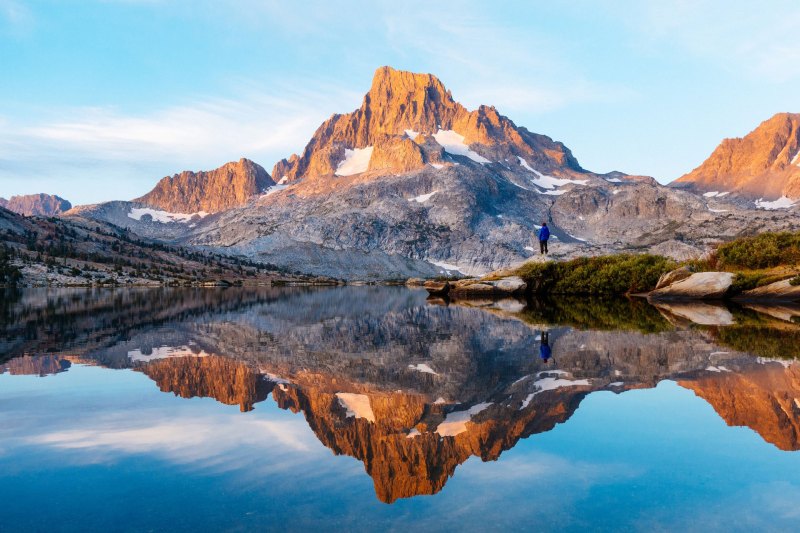
Almost any decent hike will encourage you to slow down, reconnect with nature, and potentially “find yourself.” But few have all the right ingredients — history, natural beauty, spirituality, and iconic status — like California’s John Muir Trail. This epic trail runs south through the High Sierras, tracing a path from Yosemite National Park to Mount Whitney, the highest peak in the Lower 48. The 210-mile trek is a true test of your backcountry skills. There is only one hut along the way, and food resupplies are scarce, so proper planning is critical. It’s also among the best high-elevation hikes in the world, never dropping below 7,000 feet. So the rewards are unparalleled.
The Wave (Vermilion Cliffs National Monument, Arizona)
Best surreal hike
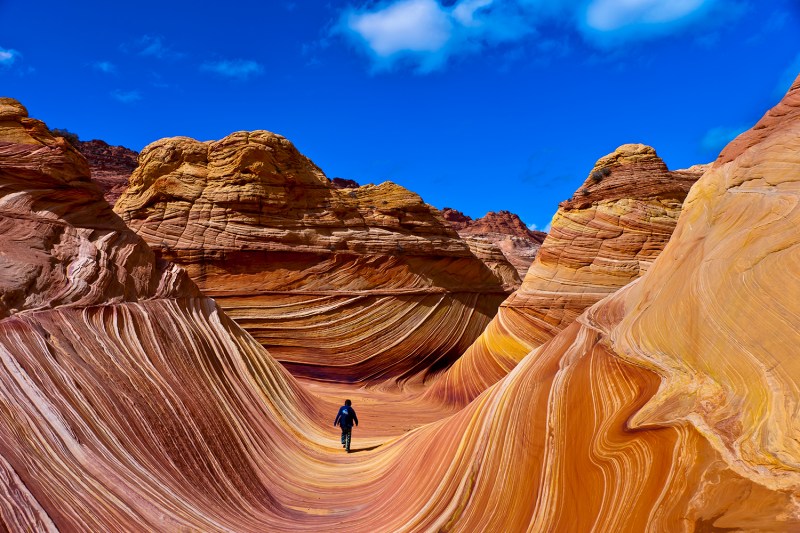
The Wave was popular long before it became Instagram-famous. One look at its otherworldly landscape, and it’s easy to see why. The bizarre, undulating sandstone formations are “painted” in brilliant desert colors that look like something out of a Dr. Seuss book. Be warned, though: the trail’s recent popularity has forced the Bureau of Land Management to restrict visitors to less than 70 per day. You can either apply for a permit four months ahead or apply for a permit in person at the Kanab Visitor Center in Utah two days before you plan to hike. If you’re among the lucky few to secure a ticket, you’re guaranteed one of the most surreal and best hikes in the United States.
The Narrows (Zion National Park, Utah)
Best slot canyon hike
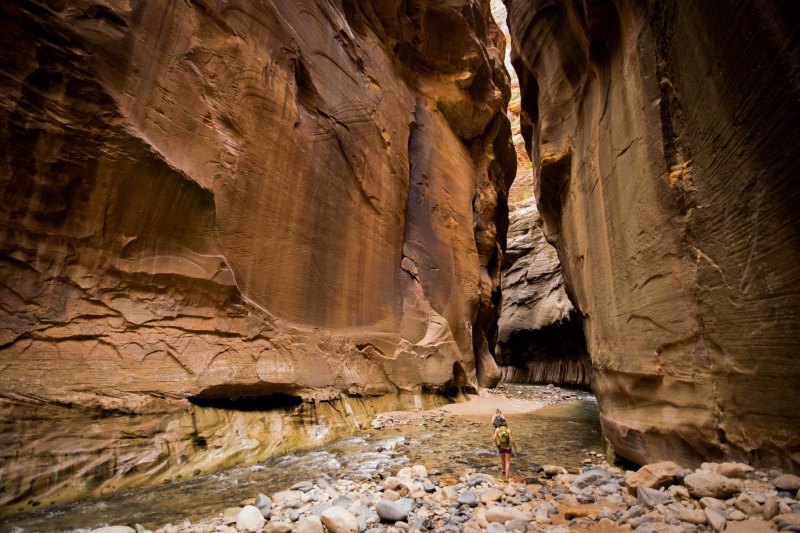
Zion National Park is one of the most beautiful hiking destinations, not just in the United States but in the world. It’s hard to nail down a single “best” hike in Zion, but the trek from the bottom of The Narrows and back is a perennial favorite. Start at Temple of Sinawava, then hike as far as you like (it could be a few minutes or all day) before backtracking the way you came. This flexibility makes it one of the best day hikes in the U.S. National Park system.
To be sure, this is a wet trip. Most hikers spend at least some — if not most — of their time walking through, wading in, or straight up swimming the river. So, be sure to pack a dry bag and water-friendly gear. But to echo the National Park Service: “The Narrows is about the journey, not the destination. There is no one ‘viewpoint’ or extra spectacular spot. The entire hike is beautiful …” Remember, though, that this is a slot canyon, so come prepared and research potential flash flooding conditions in advance.
Tuckerman Ravine Trail (Mount Washington, New Hampshire)
Best hike for extreme weather
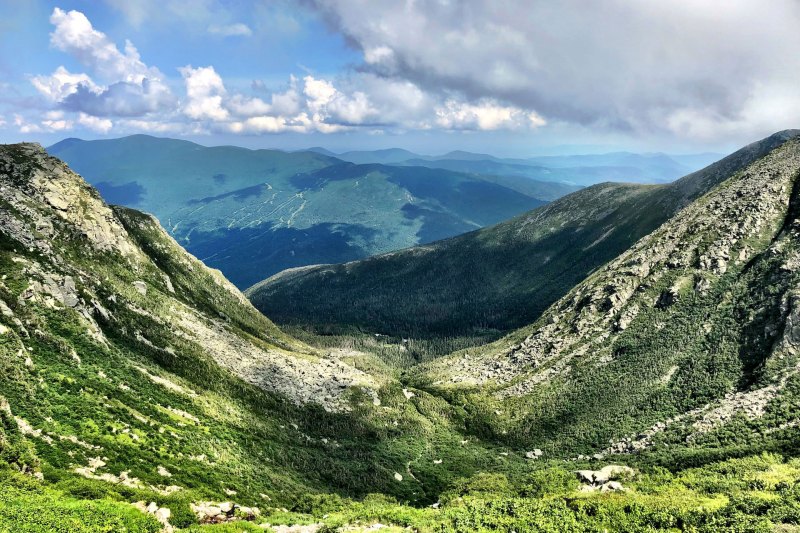
On paper, it’s easy to mistake New England’s White Mountains as little more than “large hills” — especially when compared to the likes of the mighty 14ers of the Rocky Mountains. Indeed, Mount Washington, the tallest peak in the eastern United States, rises to just over 6,000 feet, and its most popular summit hiking trail is only eight miles round trip.
But don’t be fooled: this is home to some of the most severe weather and the most dangerous hiking on Earth. Conditions at the base can appear sunny and pleasant, while hours later, the summit might be hammered with hurricane-force winds and brutally cold temperatures. Mount Washington has broken records with wind speeds of 231 miles per hour and wind chills of -102°F. If you’re looking for the closest thing to hiking on Venus, this is probably it.
Lost Mine Trail (Big Bend National Park, Texas)
Best hike for stargazing
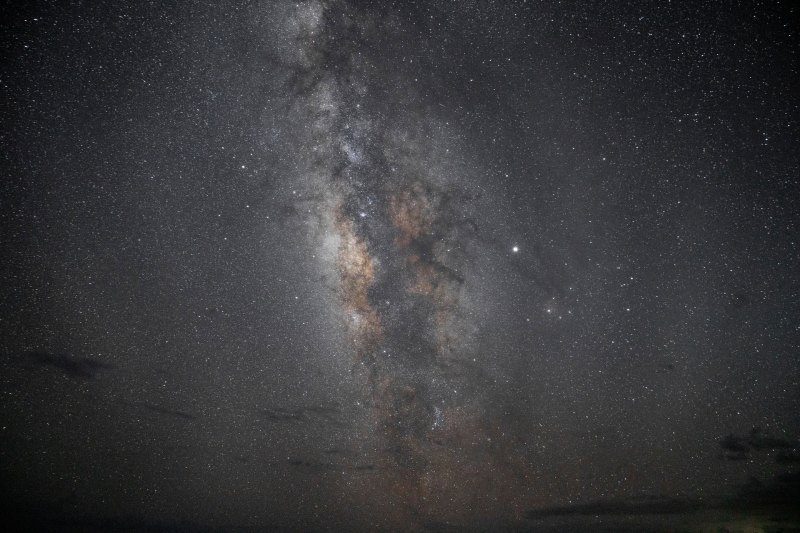
Big Bend National Park in Texas, which sits just miles from the US-Mexico border, boasts the lowest levels of light pollution in the lower 48. Aside from Alaska, you’d be hard-pressed to find better stargazing opportunities in the United States. The five-mile roundtrip hike along Lost Mine Trail affords some of the park’s most spectacular views, making it one of the country’s best hikes. The trail follows a ridgeline dotted with towering oak, pine, and juniper overlooking Pine Canyon and is great for day hikes. Visitors who stick around after dark, however, are treated to fantastic stargazing over Mexico’s Sierra del Carmen nature reserve.
Continental Divide Trail (5 States)
Best long-distance thru-hike
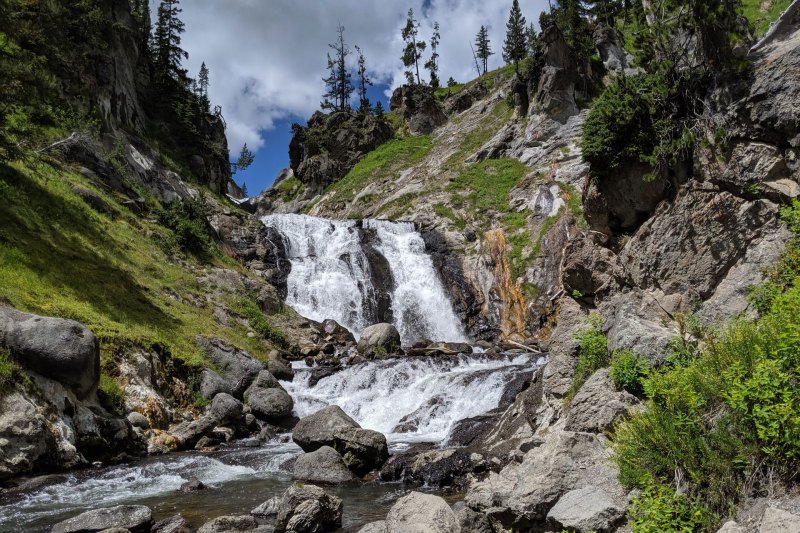
For the ultimate, mentally and physically demanding U.S. hiking experience, it doesn’t get any more epic than the Continental Divide Trail (CDT). This monster trek covers more than 3,000 miles across five states, including New Mexico, Colorado, Wyoming, Idaho, and Montana. Beyond its sheer size, it also embodies some of the most breathtaking natural scenery in the country. This, of course, is not a hike for the faint of heart. Most years, fewer than 30 people attempt to thru-hike the CDT, and only a handful of those actually finish. For sheer bragging rights, it doesn’t get any bigger or better.
Mount Eielson Loop (Denali National Park, Alaska)
Best hike for solitude
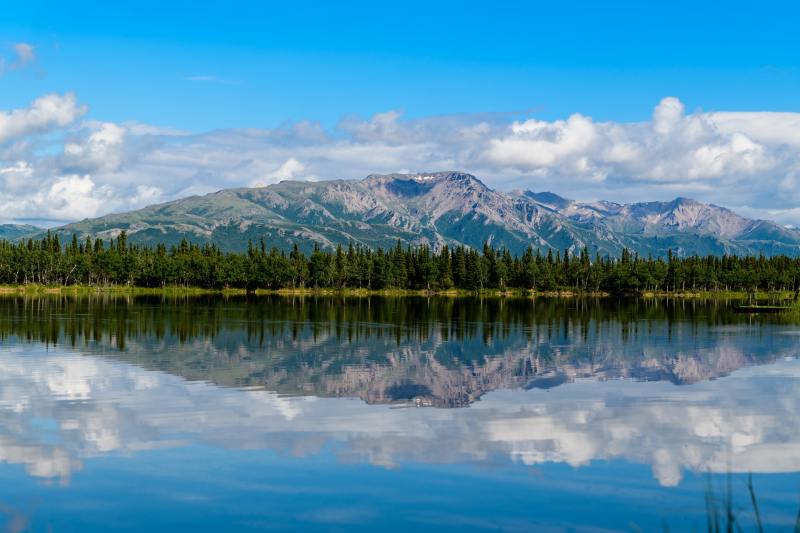
In a state where everything is outsized, it’s no surprise that Alaska is home to a National Park the size of Massachusetts. Denali National Park is impossibly large and, due to its laissez-faire approach to marked trails, it can feel impossible for new visitors just to know where to start. Mount Eielson Loop has it all. This 14.6-mile route covers ridges, gullies, many streams, and epic views of Mt. McKinley (when the weather cooperates).
The limited number of passes awarded by the National Park Service also means the only company you’re likely to have on the trail are bears, moose, and the occasional wolf. Pack your camping tent, though. You’ll want to take your time here with at least two nights in the backcountry.
Highline Trail (Glacier National Park, Montana)
Best wildlife hike
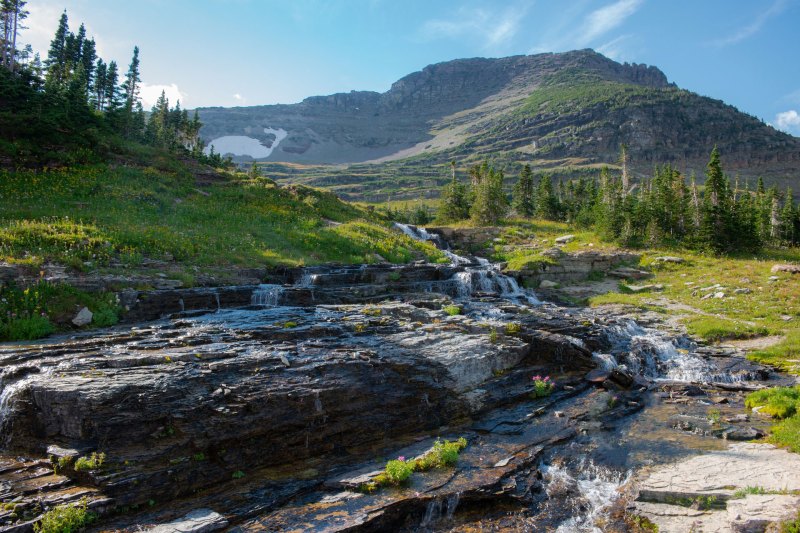
Montana has some of the densest concentrations of wildlife in the lower 48, but Glacier National Park is especially rich with critters. Glacier National Park offers more than 700 miles of hiking trails, and Highline Trail is one you won’t want to miss. The trail is located in the park’s Logan Pass area, which is popular with tourists looking to spot large mammals at the visitor’s center and the road. Getting out of your car and following the Highline Trail (and Hidden Lake Trail) is a great way to escape some of the crowds. Both trails are popular for bighorn sheep, marmots, pica, mountain goats, ptarmigan, and grizzly bears (be sure to pack and know how to use bear spray), to name a few. Plan your visit early or later in the day for the best chances to spot wildlife.
Cadillac Mountain Summit (Acadia National Park, Maine)
Best sunrise hike
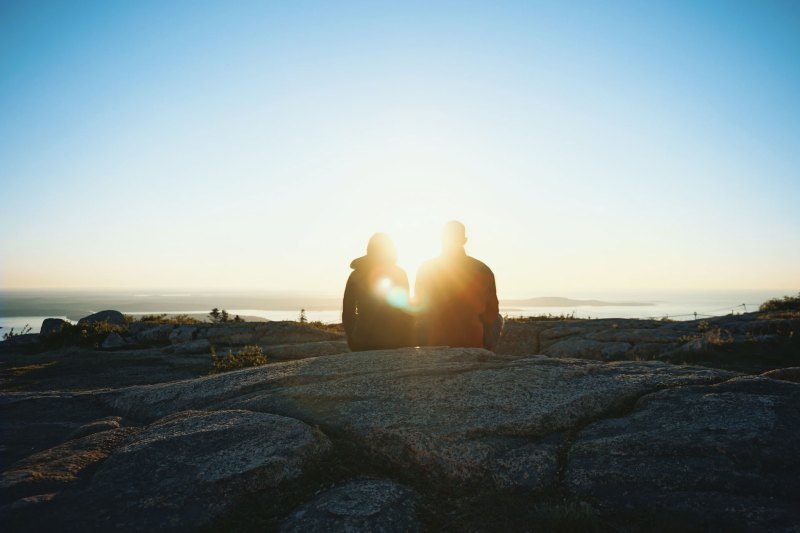
Hiking Cadillac Mountain’s South Ridge Trail is not the most challenging or technical climb. The total elevation gain is a modest 1,350 feet, although the 7.1-mile length of the trail does require a bit of endurance. The big draw for this out-and-back trail, though, is at the midpoint. In the fall and winter, summit visitors can spot the first rays of sunlight to touch the eastern seaboard.
Amid the brilliant foliage and evergreens of Acadia National Park, it’s one of the most spectacular sights and day hikes in the United States. Be prepared, however, as the summit is also accessible by car, so expect company even in the wee hours.
The Long Trail (Vermont)
Best historic hike
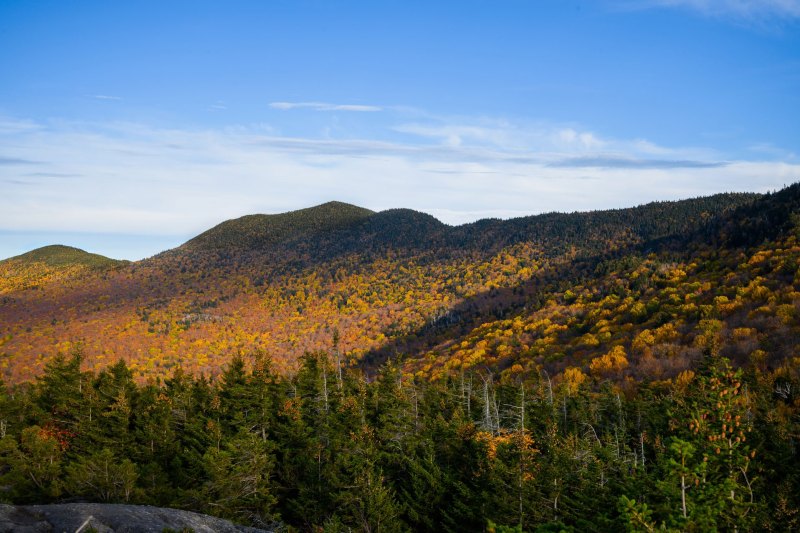
While the Appalachian Trail garners plaudits as the most historic long-distance trail in the U.S., that honor actually goes to The Long Trail. Starting at the Massachusetts state line, this 272-mile “footpath in the wilderness” runs the entire length of Vermont to the Canadian border. It follows the crest of the Green Mountains, tagging the state’s highest peaks along the way. It’s among the most hiker-friendly trails, as huts are thoughtfully spaced about a day’s walk apart. Hikers who prefer to travel light can usually skip bringing a tent and complete a thru-hike in about a month.
Editors' Recommendations
- The secret to a successful hike? Choosing the right hiking underwear
- Hiking in hot weather: The essential rules everyone should follow
- 5 great reasons why you should go to your favorite ski resort this summer
- Take to the water this summer with the best compact, ultra-portable folding kayaks
- Here’s everything you need to pack for a trip to Yellowstone National Park



